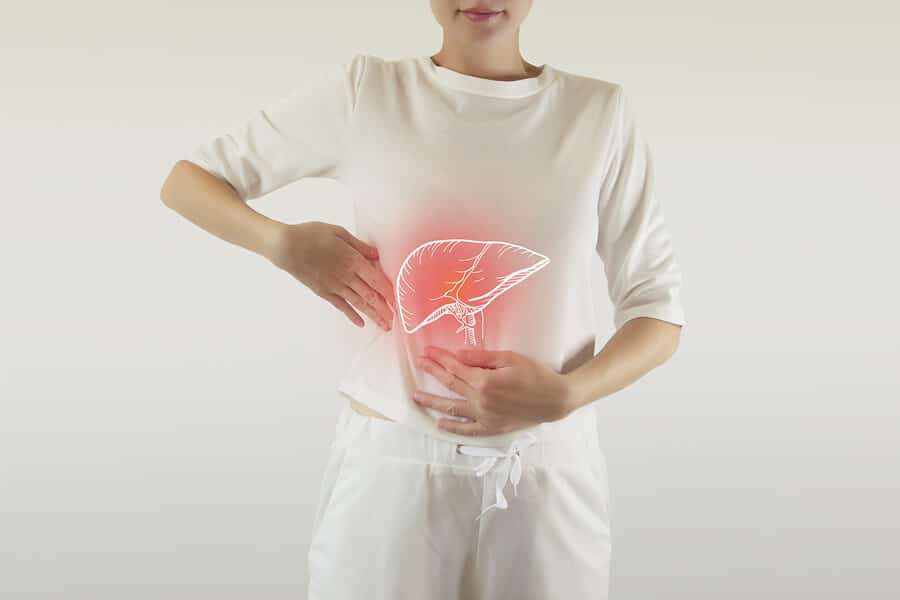
Although legal in most regions of the world, alcohol comes with a significant risk of dependence and addiction. According to the Centers for Disease Control and Prevention, excessive alcohol use led to an estimated 88,000 deaths and a combined 2.5 million years of potential life lost each year in the U.S. between 2006 – 2010.
Among the most common symptoms and signs of alcohol abuse are:
- Poor coordination
- Slurred speech
- Impaired thinking
- Memory impairment
- Wanting to stop drinking but not being unable to do so
- Redirecting energy from work, family, and social life in lieu of drinking
- Being deceptive and secretive about the extent of the alcohol use
- Engaging in risky and impulsive behavior, such as drunk driving
- Being in denial about the magnitude of the alcohol use problem
- Becoming distressed about the possibility of not having alcohol available
When a person who routinely abuses alcohol stops drinking or dramatically cuts back, withdrawal symptoms will appear. Such symptoms can begin as soon as a few hours after the last drink and continue for several days or weeks. Symptoms can include shaking, anxiety, insomnia, and an overwhelming desire for a drink.
In severe cases, delirium tremens (DTs), a potentially life-threatening condition that includes seizures, hallucinations, and a fever may occur. For this reason, severe alcoholics should never go through the detox process without medical supervision.
Recognizing an Alcohol Use Disorder
Per the Diagnostic and Statistical Manual of Mental Disorders, 5th edition (DSM-5), diagnosis of an alcohol use disorder (AUD) requires that a person must meet at least two of 11 specific criteria within a 12-month period. Depending on the number of criteria satisfied, the person will be diagnosed with a mild, moderate, or severe alcohol use disorder.
These 11 criteria include:
- Feeling powerless to control one’s alcohol use.
2. Declining to participate in social activities or hobbies that used to be considered enjoyable.
3. Having a desire to stop or reduce drinking but finding it difficult or impossible to do so.
4. Using alcohol in risky situations, such as while swimming or driving.
5. Dedicating significant time and resources to drinking.
6. Developing tolerance for alcohol (i.e., requiring more alcohol over time to achieve the feelings of prior use).
7. Experiencing cravings for alcohol when not drinking.
8. Experiencing symptoms of withdrawal when not drinking (e.g., sweating, shaking, and nausea/vomiting).
9. Encountering problems at work, home, or school due to alcohol use.
10. Having to drink alcohol to feel better, especially in response to withdrawal symptoms (i.e., the hair of the dog that bit you).
11. Continuing alcohol use even when it is leading to social, physical, relationship, and personal problems.

Another tool that helps determine whether an AUD is present is the CAGE substance abuse screening. The CAGE screening is a very short and simple questionnaire that attempts to measure a drinking problem’s severity.
The four questions on the CAGE screening questionnaire are as follows:
1. Have you ever felt you should cut down on your drinking?
2. Have people annoyed you by criticizing your drinking?
3. Have you ever felt bad or guilty about your drinking?
4. Have you ever had a drink first thing in the morning to steady your nerves or get over a hangover?
If an individual answers “yes” to any two or more of the questions, this likely indicates the presence of an alcohol use disorder.
Physical and Psychological Signs of Alcohol Abuse
The short-term impact of alcohol use on the body includes but is not limited to the following:
- Slowed reaction times
- Trouble with motor coordination
- Impaired judgment and risk-taking without consideration of consequences (such as drunk driving)
- Memory impairment or memory lapses (blackouts)
- Slurred speech
An alcohol use disorder can result in permanent and debilitating health conditions that may require medical attention for a lifetime, such as liver disease and cognitive impairments. Excessive alcohol use also increases the risk of pancreatitis and certain types of cancer.
One of the hallmark signs of alcohol abuse drastically impacting a person’s health is malnutrition. The person may exhibit a gaunt appearance, hair thinning or loss, unhealthy skin pallor, and dark circles under their eyes. These may be symptoms of a condition known as thiamine (B1) deficiency, among other nutritional deficits.
Over a prolonged period of heavy drinking, people may encounter sleeping difficulties and mental health disorders such as depression or anxiety. Cognitive problems include a decreased attention span and motor coordination impairment.
Behavioral Signs of Alcohol Abuse

Behavioral signs of an alcohol use disorder usually become apparent over time. Those who engage in alcohol abuse may become increasingly furtive about their activities, and drink covertly, either in a private place or away from friends and family who may voice their concerns.
As a consequence of drinking, people may become more accident prone and exhibit signs of injury, which they may try to conceal. A person who has an alcohol use disorder may also hide alcohol around the house or at work. He or she may become worried about running out of alcohol, which in turn means that they actively keep an available supply within reach.
Alcohol abuse can also cause people to exhibit a decreased level of care for their hygiene and physical appearance. As alcohol abuse advances, the person may look as if they have not been bathing, shaving, and are no longer washing or changing their clothing.
Alcohol abuse often results in problems with the person’s relationships – a person who has a rather calm affect when sober may experience mood swings, depression, irritability, or aggression when intoxicated.
Additional behavioral signs of alcohol abuse may include:
- Increasing legal problems, such as charges related to assault, domestic violence, or drunk driving
- Showing up intoxicated at work, school, or a family function
- Overreacting to any perceived criticism levied against their drinking habits
- Experiencing increasing financial troubles, such as uncharacteristically taking out loans, liquidating assets, or depleting cash accounts
- Stealing to fund drinking habits
- Engaging in risky or impulsive activities, such as unprotected sex
Many people with an alcohol use disorder who experience cognitive problems will recover with treatment within a year of sobriety. The outcome of recovery and maintained sobriety, however, depends on a myriad of medical, personal, and physiological factors.
Treatment for Alcohol Addiction
Persons who suffer from alcoholism are urged to seek treatment as soon as possible. Many begin with a medical detox, a process in which the patient is supervised around the clock for several days while the body cleanses itself of alcohol and other toxins.
During this time, vital signs are monitored, and medical staff administer medication to ease the worst symptoms of withdrawal and address complications, should they arise.
After detox, persons with moderate to severe addictions are encouraged to participate in a long-term inpatient or partial hospitalization treatment program. Services include evidence-based approaches shown in clinical studies to be the most effective in the treatment of addiction, such as psychotherapy, counseling, and group support.
Our center offers a comprehensive, integrated approach to addiction treatment, and employs caring staff who specialize in addiction and deliver services to our clients with compassion and expertise. We provide the tools needed by those in recovery to achieve abstinence and maintain long-lasting sobriety and wellness.
You can reclaim your life and experience the happiness and well-being you deserve – contact us today to find out how we can help!





